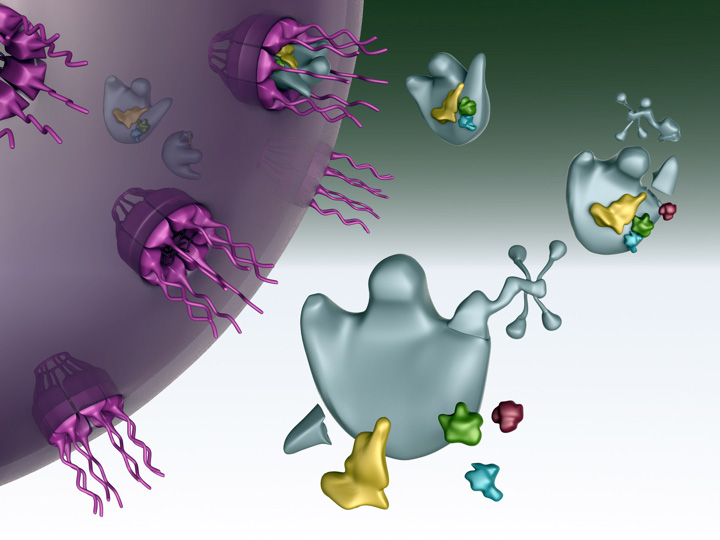Silent Ebola Infections Could Be Key to Controlling Outbreak
In a letter published in the Lancet medical journal on October 14, Steve Bellan and Lauren Ancel Meyers, speculate that Ebola may be silently immunizing large numbers of people who never fal ill or infect others. If so, they might bolster front-line health care responses to the ongoing outbreak. Learn more in our press release.



























